Welcome to our Best Writing Tips for kids by kids!
This is an ongoing post that we will be updating weekly. We give these tips on social media, Writing Tip Tuesday, but thought it would be nice to have a reference with ALL of our fantastic tips to help kids get writing AND enjoy writing!
Here’s a quick list and just scroll down for more of an explanation on each one:
- I Promise Myself to…
- Write Everyday
- Read More
- Use Your Senses
- Perspective
- Book Reviews
- Special Tools
- Write Now, Edit Later
- Read Out-Loud
- Create an Ending First
- Find a Writing Space
- Keep a Journal
- Use Writing Prompts
✏️Writing tip #1
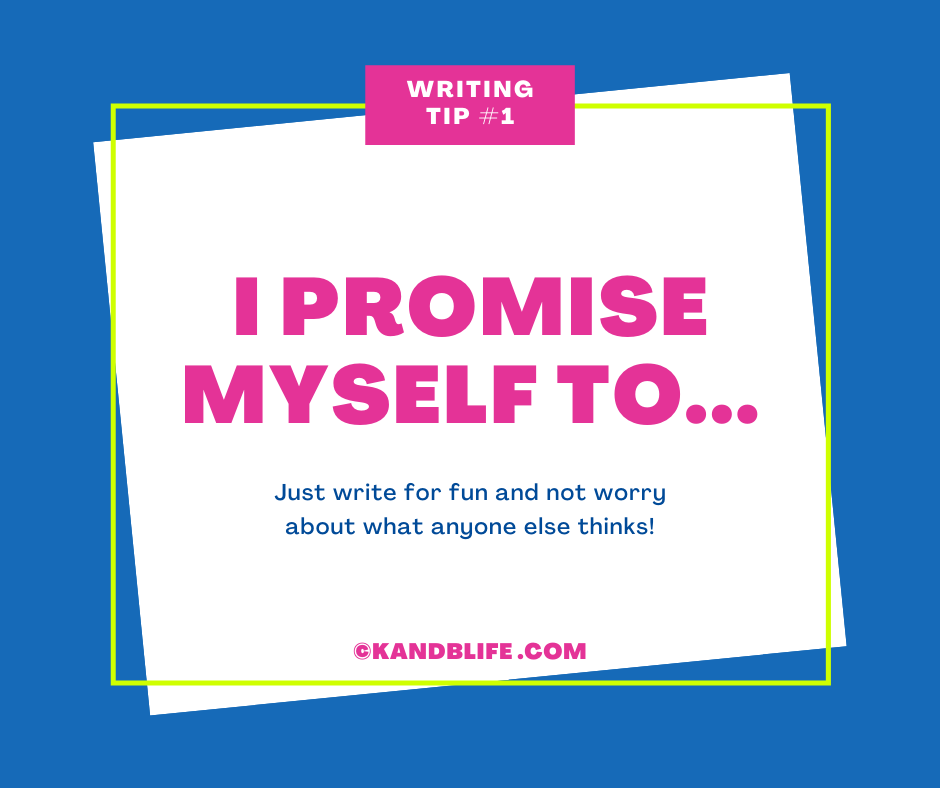
We started off this tip with the most important one! Make writing fun and who cares what anyone else thinks about it! Do you want to write about your toys? Do it. Do you feel like writing about how you feel? Do it.
Your writing is yours and there is no one else who can do it like you do. You don’t have to show this “fun” writing to anyone.
Our point is, take some time to write just for fun, and it will be enjoyable if you’re writing about what you want to write about.
✏️Writing Tip #2

You’ve heard people say, “Practice makes perfect”, right? They’re correct. Writing every day will truly make you a better writer.
But we’re not talking about writing an essay or a long story, just a simple list will do. Or a note to a friend or family member, something. Just write a little something every day and it will get easier, you will get more comfortable and confident with it. and then when you do have to write an essay or something big, it won’t seem like such a big deal.
✏️Writing Tip #3
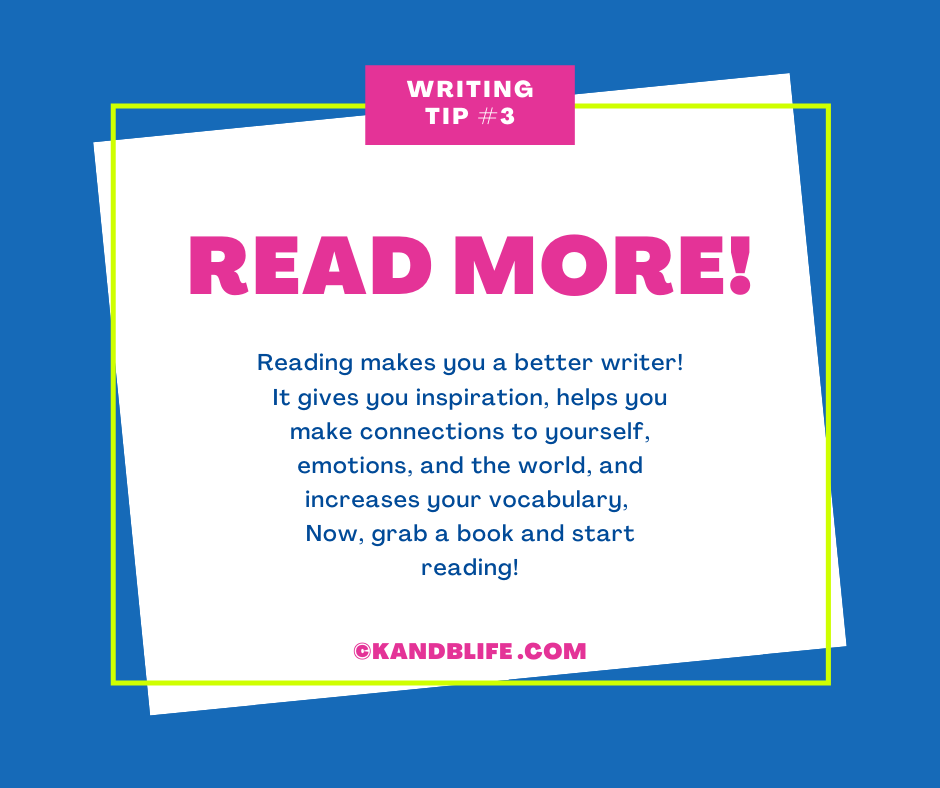
There is such a strong link between strong readers and strong writers. Books of different kinds of genres will give you inspiration and perspective. Reading also teaches you about grammar (even though it doesn’t seem like it) and gives a boost in vocabulary!
If you need some good ideas for books to read, we love writing book reviews so be sure to check out Book Talk and see if there’s something there that looks good to you. Happy Reading!
✏️writing tip #4
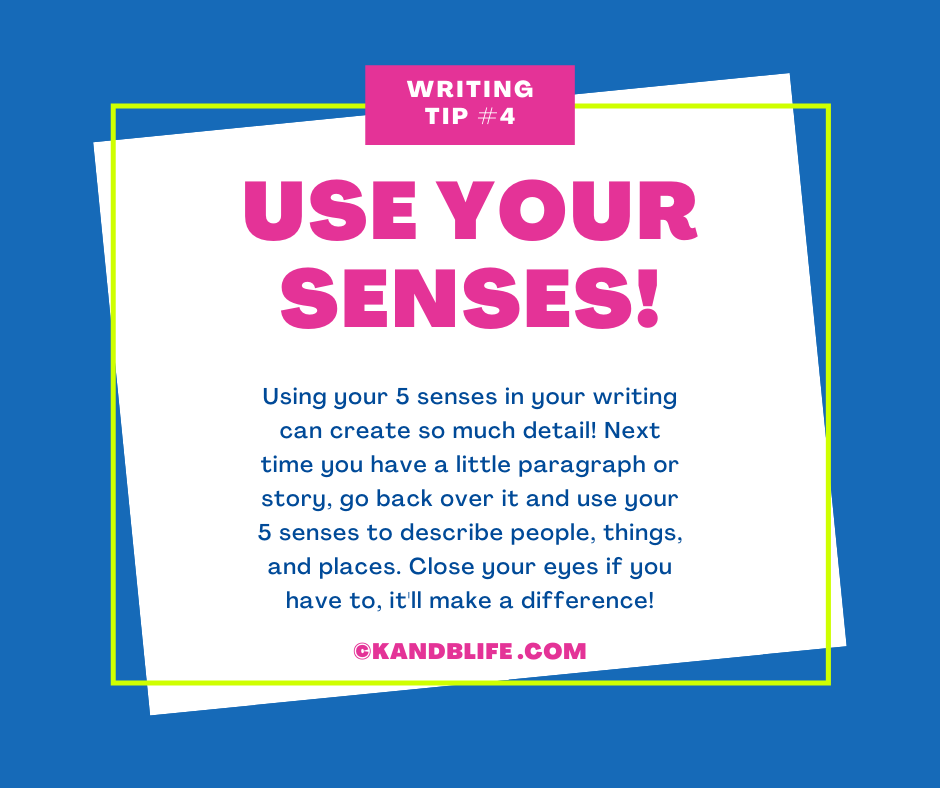
This one is so much fun! The key is to close your eyes and picture it. Picture every detail. Now use your senses. Go through the colors and what you see, that’s usually first.
Next, what does the area you’re writing about smell like? What noises, if any, are going on?
Can you feel anything? Is it cold, hot, windy? What about taste? This one is kind of hard but can you taste anything? Salt in the air? Are you or your characters thirsty? Give it a try, it can bring a whole lot of vision to your writing.
✏️writing tip #5
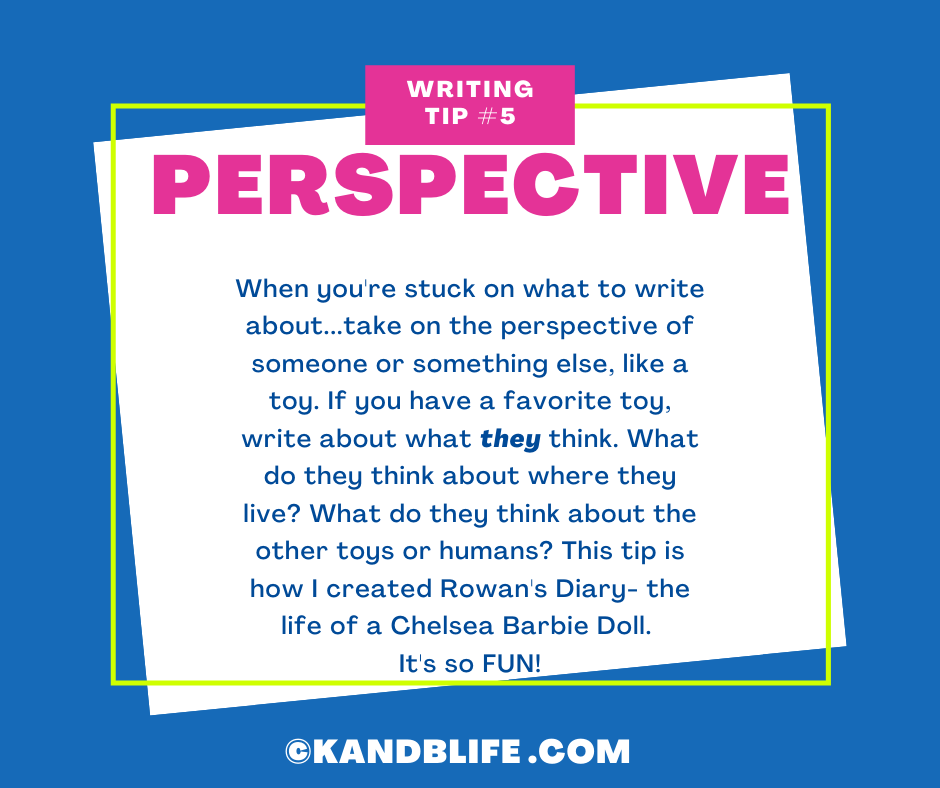
This one helps you out when you want or need to have a creative writing story. Rowan’s Diary by Kinley is all about life in Barbie World from a little Chelsea’s Doll perspective. She has a big family and is a twin. The diary talks about her life, how she feels, what she thinks of other people in her family and world, and it’s all from her, Rowan’s, perspective.
You can do this with any toy, stuffed animal, object, or another person. Take on the perspective of something or someone and get crazy with it, you will definitely get a story out of it!
✏️Writing Tip #6
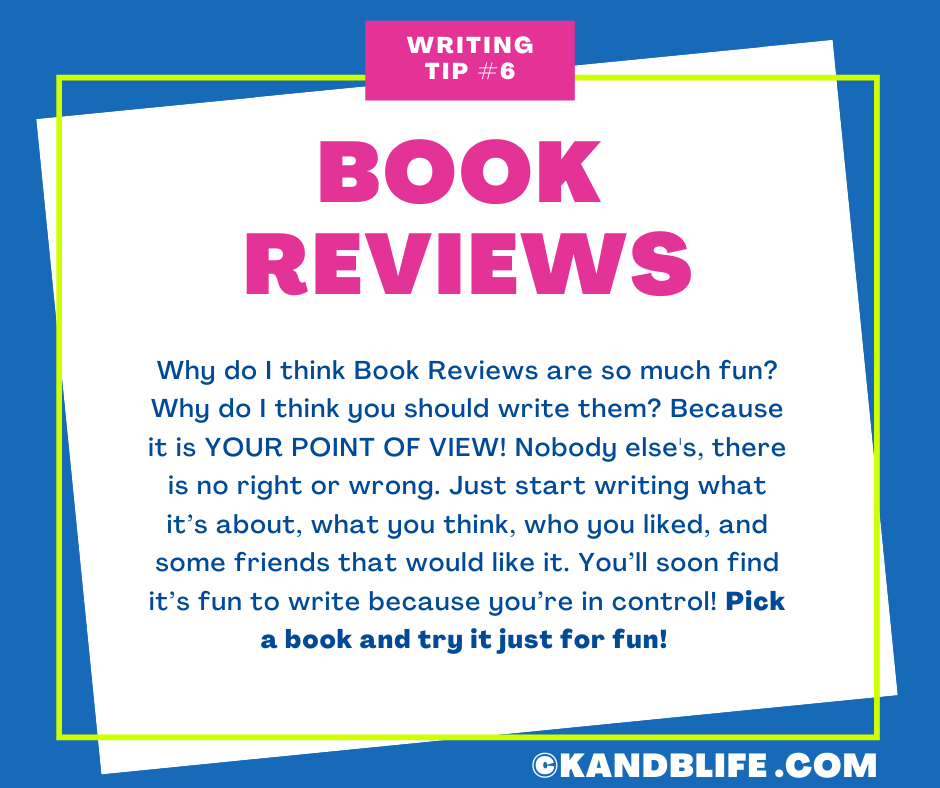
We touched on this one before in “Read More” but this one is about writing book reviews, not just reading them. We love writing book reviews because there is no “wrong answer”! A book review is YOUR thoughts on the book, nobody else’s. People don’t have to agree with you but that’s okay. We all different likes/dislikes.
It’s quite empowering to be able to write about what you think. And if you share your book reviews with other kids, it can really help them. If you recommend a good book to a non-reader, it might just be what turns that non-reader into a reader!
✏️Writing Tip #7
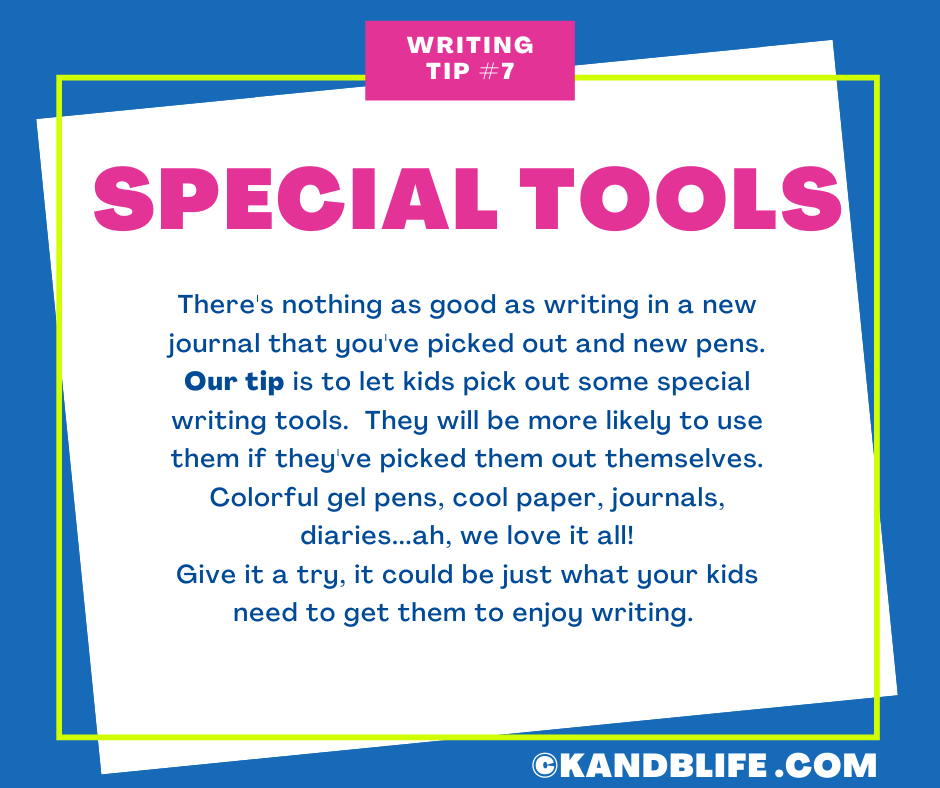
We are not exaggerating when we say that new, special writing tools can inspire and get you to want to write. Think about how excited kids get to go school shopping, okay not ALL kids, but we see the happy looks on kids in August when they’re picking out folders with cute kittens, ninjas, or favorite sports teams on them. There’s a sense of hope and positivity that this year is going to be amazing.
That feeling does go away which is why, every now and then, getting a new journal, notebook, or diary with some new pens or pencils can get that feeling back. It is exciting to try out something that is new and special. We always seem to write more when there’s a fresh new journal, just waiting to be written into.
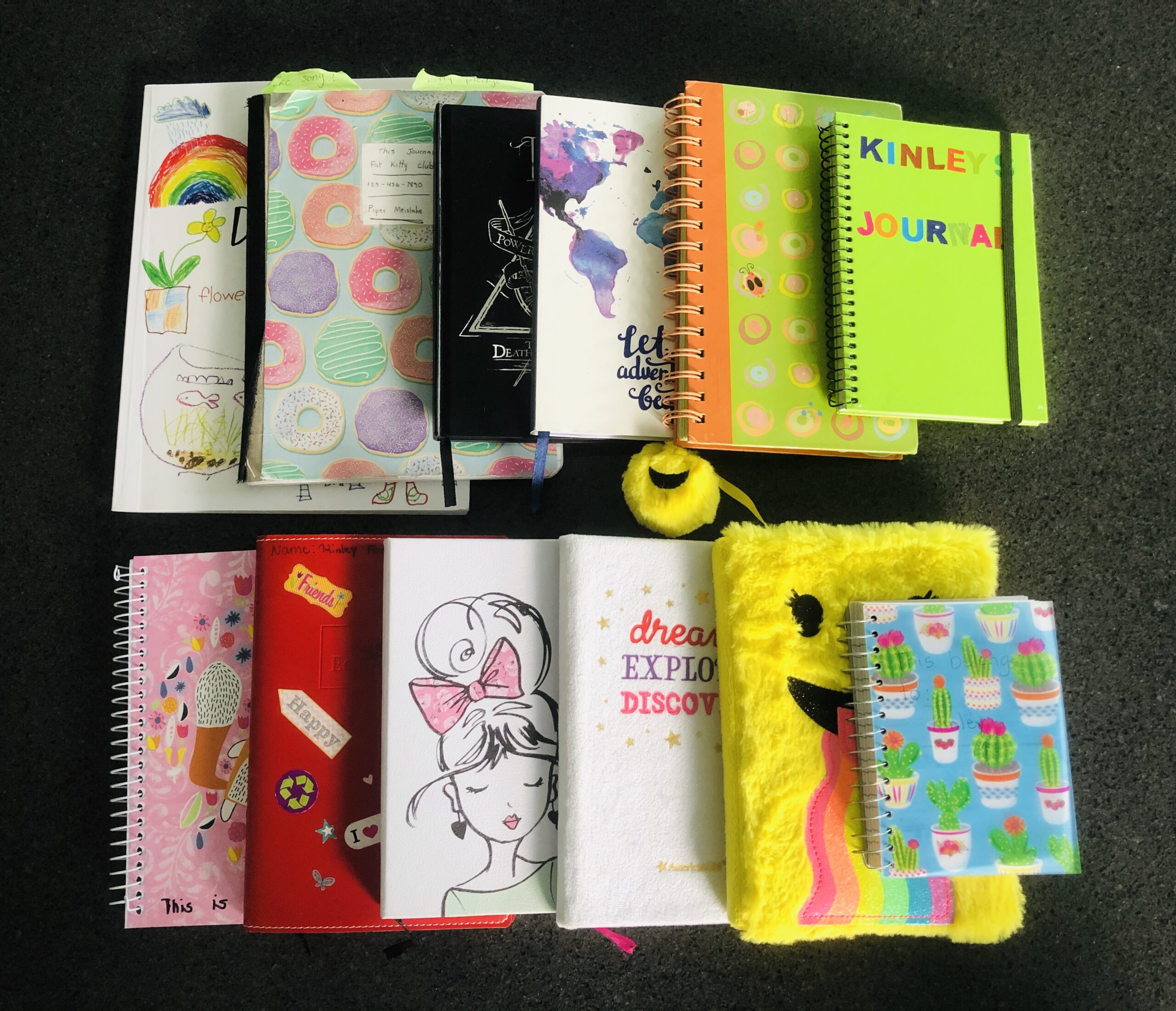
Some of our special journals and notebooks. Each one has a theme to what we write in.
Writing tip #8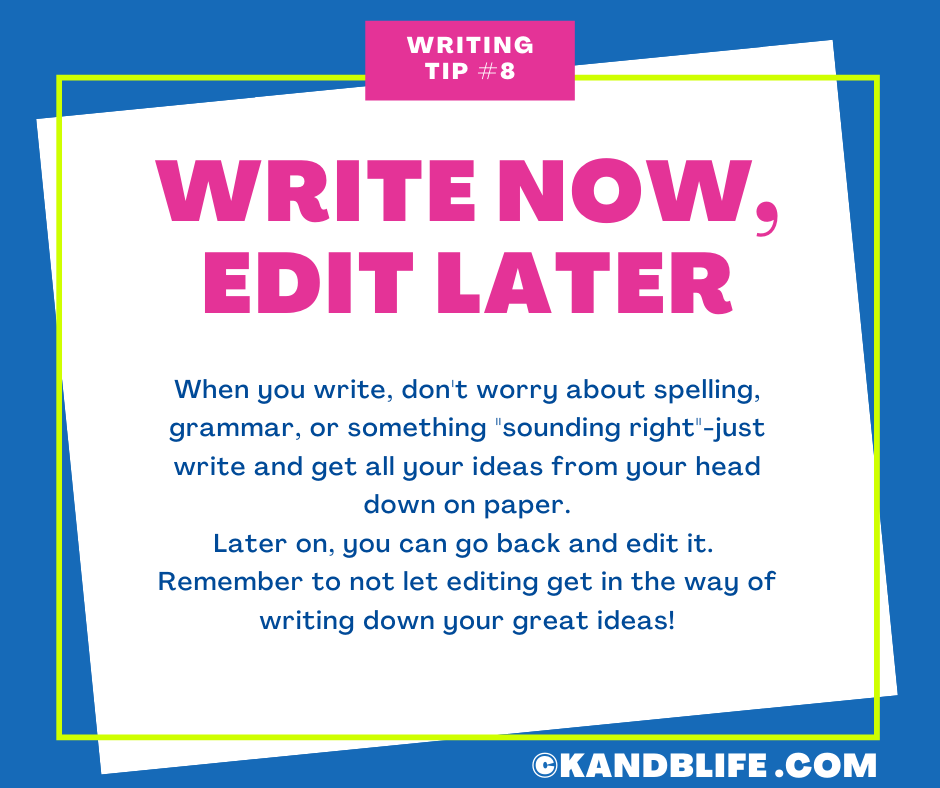
When you have ideas and start writing, don’t let grammar or spelling slow you down! You can always edit after you stop writing. The important thing is to get all those ideas down on paper (or a computer) before you forget them!
Writing tip #9
So, why is it that when you read something out loud, you catch mistakes, notice missing words, misspellings, and places that don’t make sense? It’s because we use a different part of our brain when we read out loud versus reading to ourselves.
That’s one of the reasons why teachers and parents have their children read to them, it’s giving a different part of the brain some exercise! Reading out loud helps with comprehension, memory, and visualization. If something doesn’t sound right, you’ll hear it.
When we read in our heads, we tend to skip words or put words in when they’re not actually there. But that doesn’t happen when we read something out loud.
Give it a try this week and let us know what you think! Did it work?
Writing Tip #10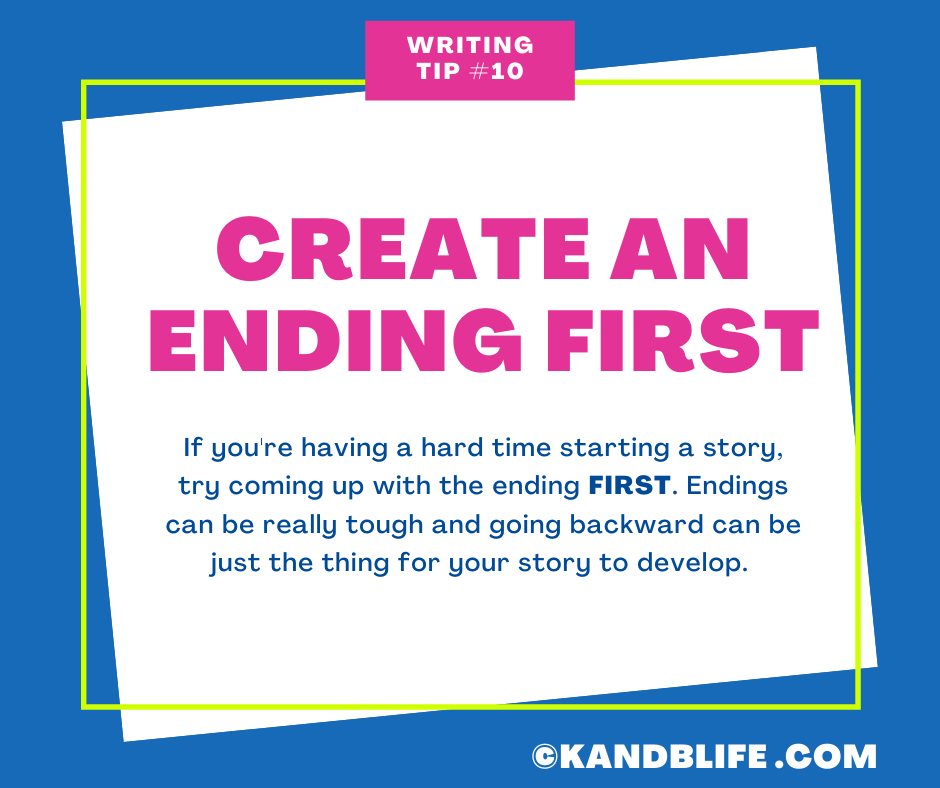
Coming up with an ending for a story can be really hard so sometimes it’s fun and easier (somewhat) to come with an ending FIRST and work your way backward.
I’ve done this exercise in a Master’s Class I took and it was so interesting to see things from a different point of view. I had never started with the end in mind before and I loved how it worked.
My students in 6th grade thought it to be quite exciting, as well. It was new and refreshing, who doesn’t love that? Give it a try on your child(ren) and let me know how it works for other ages, too.
Writing Tip #11
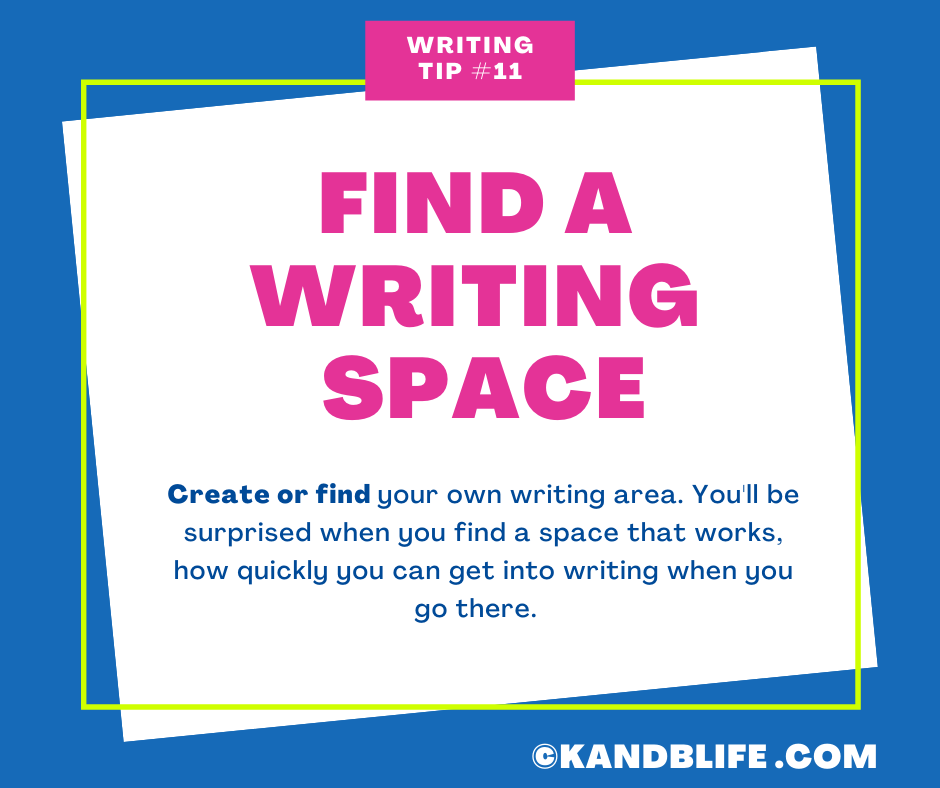
Everyone writes better when they’re comfortable and inspired. So, find a special space where you can relax and focus on writing.
Maybe it is a desk.
Perhaps a corner with a bunch of pillows.
What about on your bed?
Keep in mind that you may have several different spots depending on what type of writing you’re working on. One space may be great for journaling but not for creative writing. You may have to write your lists, goals, and things to do at your desk and then go somewhere else for schoolwork.
Wherever it is, call it your own and you’ll see how effective it can be in your writing. After a while, your brain will automatically know that when you go there, you write. And so, you write and write and write. Ahhhhhh…
writing tip #12

Journaling is so beneficial for adults and kids. For kids, some of the journaling benefits (especially gratitude journaling) are:
- increase in concentration/engagement in school
- increased self-esteem
- ability to cope better with stress
- a decrease in aggressive behavior
- more optimistic/happy
- better sleep
- develops creativity
Journaling is also nice because there is no form or special way to do it. You have the control (kids love that) to write what you want, how much, and how you want to write it. Do you want to write in all caps? Go ahead. Doodle all over the page? Go ahead.
Journaling is freeing and gives kids the freedom that they sometimes feel is lacking in their lives. It’s quite therapeutic and you’re practicing their writing skills.
We love gratitude journaling in our family and I use it in my classroom. If you haven’t tried it, you can grab a FREE copy HERE or check out our writing resources, including our best-seller, My 5 Little Things.
There are numerous journals out there for you to start this journey! Target, Staples, even the dollar store have nice blank journals for you to start journaling, so get going and start seeing the benefits it can provide mentally and to improve your writing skills!
Writing Tip #13
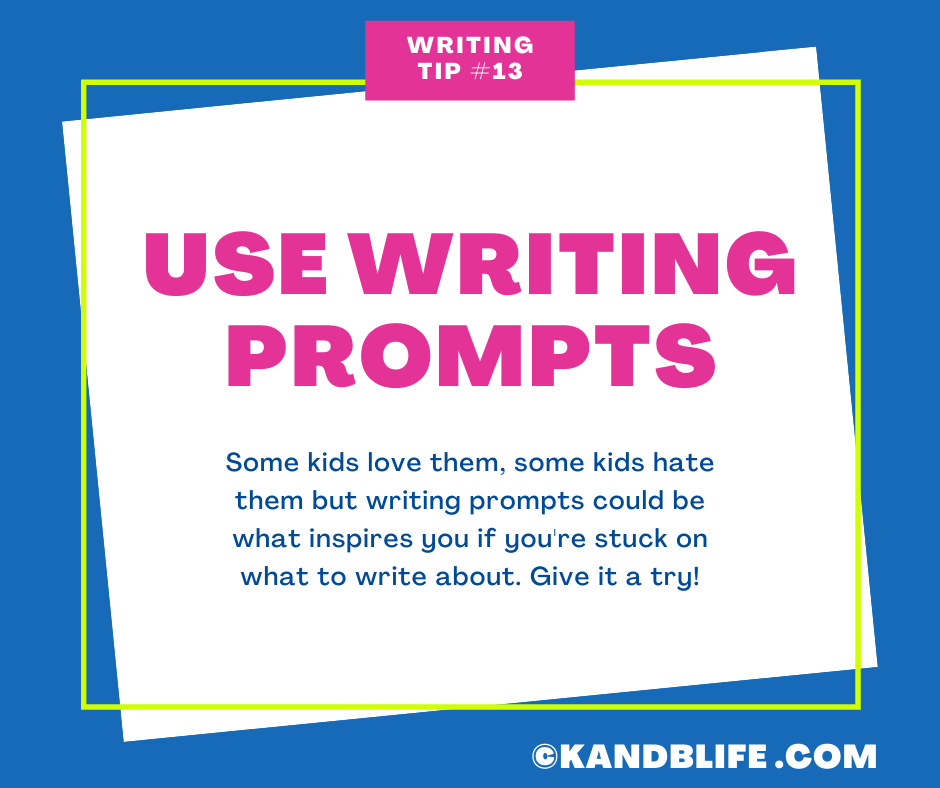
I have gotten mixed reviews from kids when using writing prompts. Some kids love them and some kids hate them. The kids that love them are usually the ones that are stuck when asked to create a story. Prompts help them to get the juices flowing.
Then, you have the kids that don’t want to be told what to write about because they already have a bunch of ideas.
I’ve learned to give kids a choice when possible. An alternative to a written out story starter or writing prompt is to use pictures. Kids seem to love this idea. Find a picture online or cut some out from a magazine and let the kids look at it and ask questions to help them brainstorm a story.

That’s it for now! stay tuned next week for a new tip! or sign up for email so you don’t miss a thing!
Now, use a tip and get writing! ❤️
You may also like, 10 Ways to Get Kids Excited About Writing!
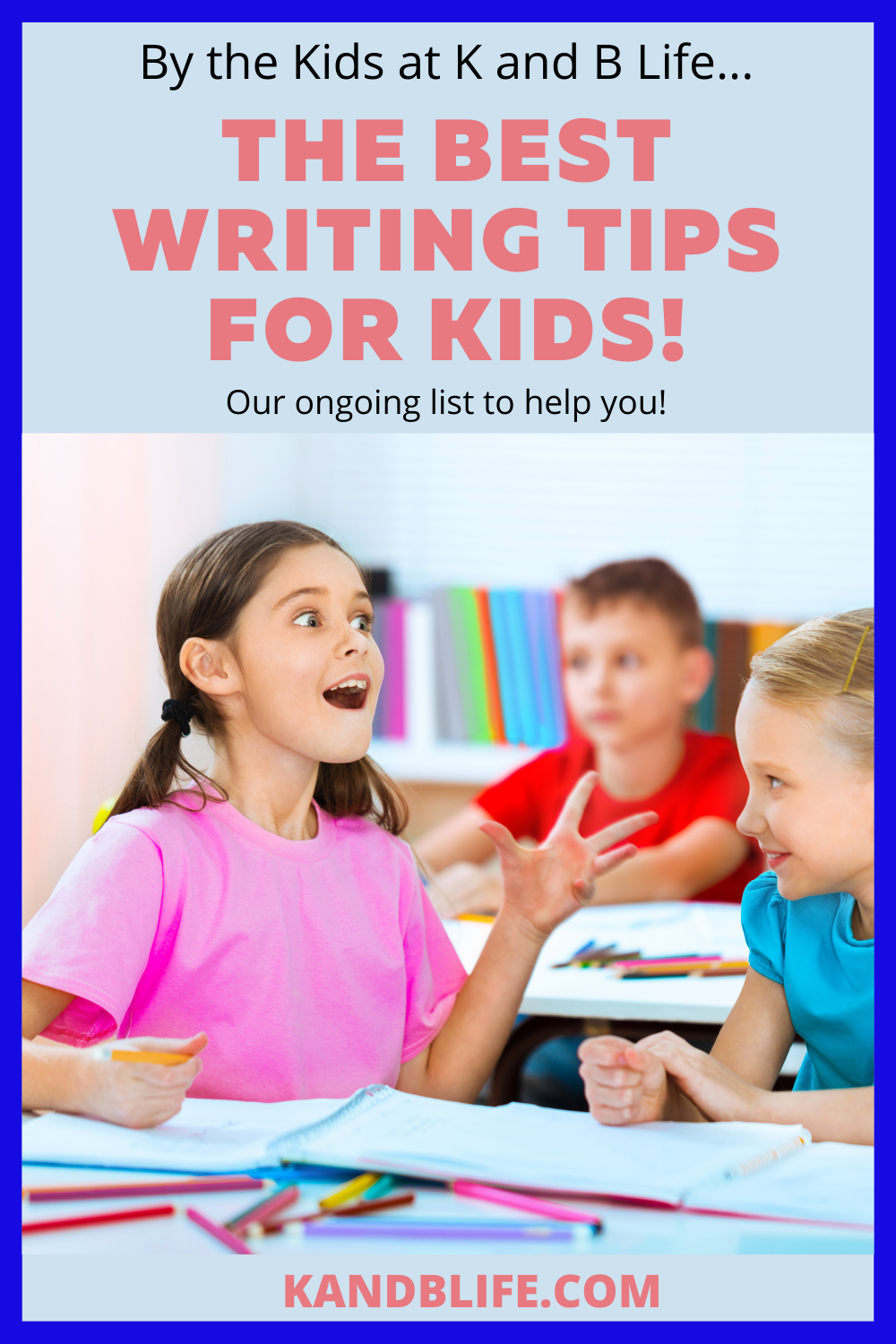
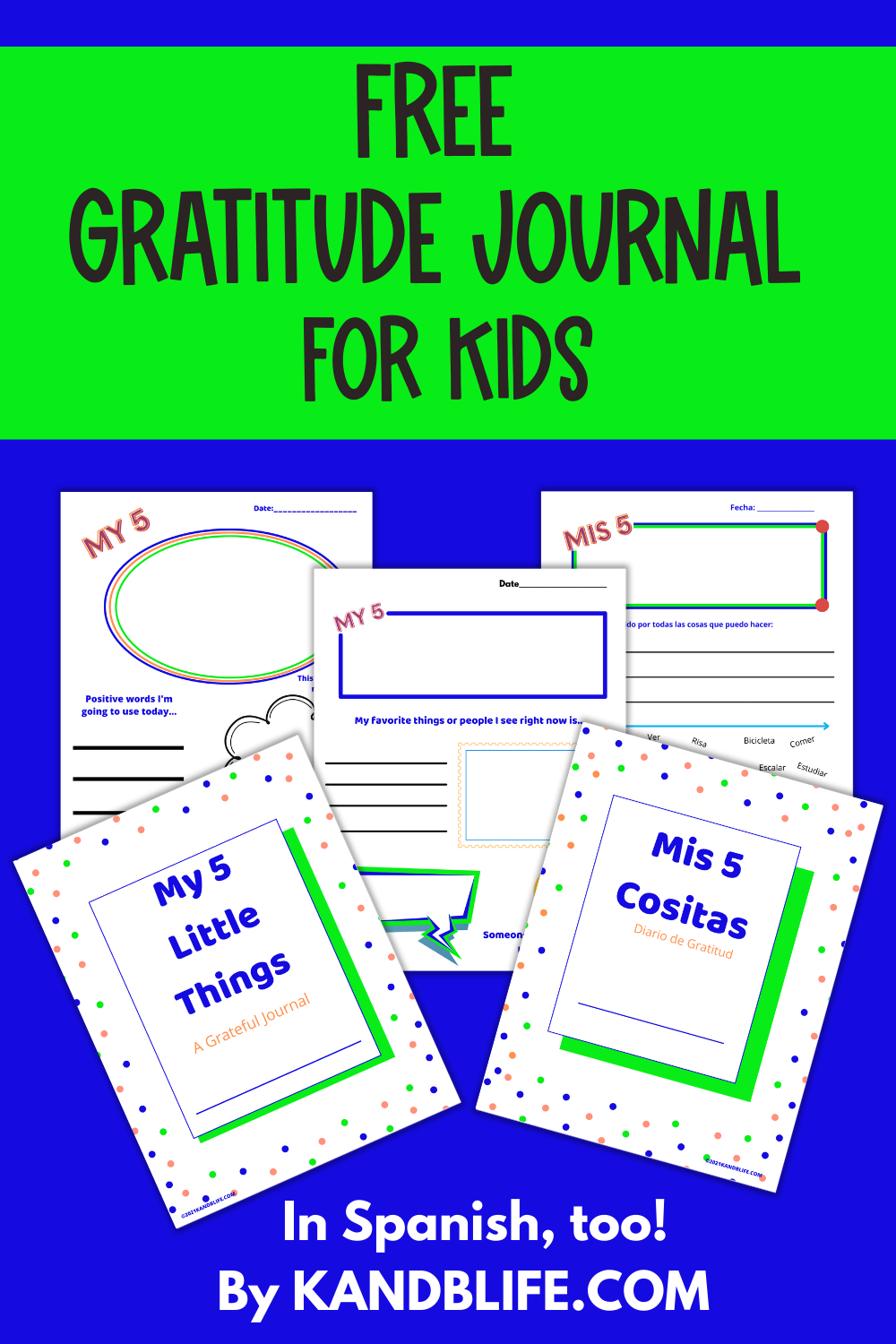
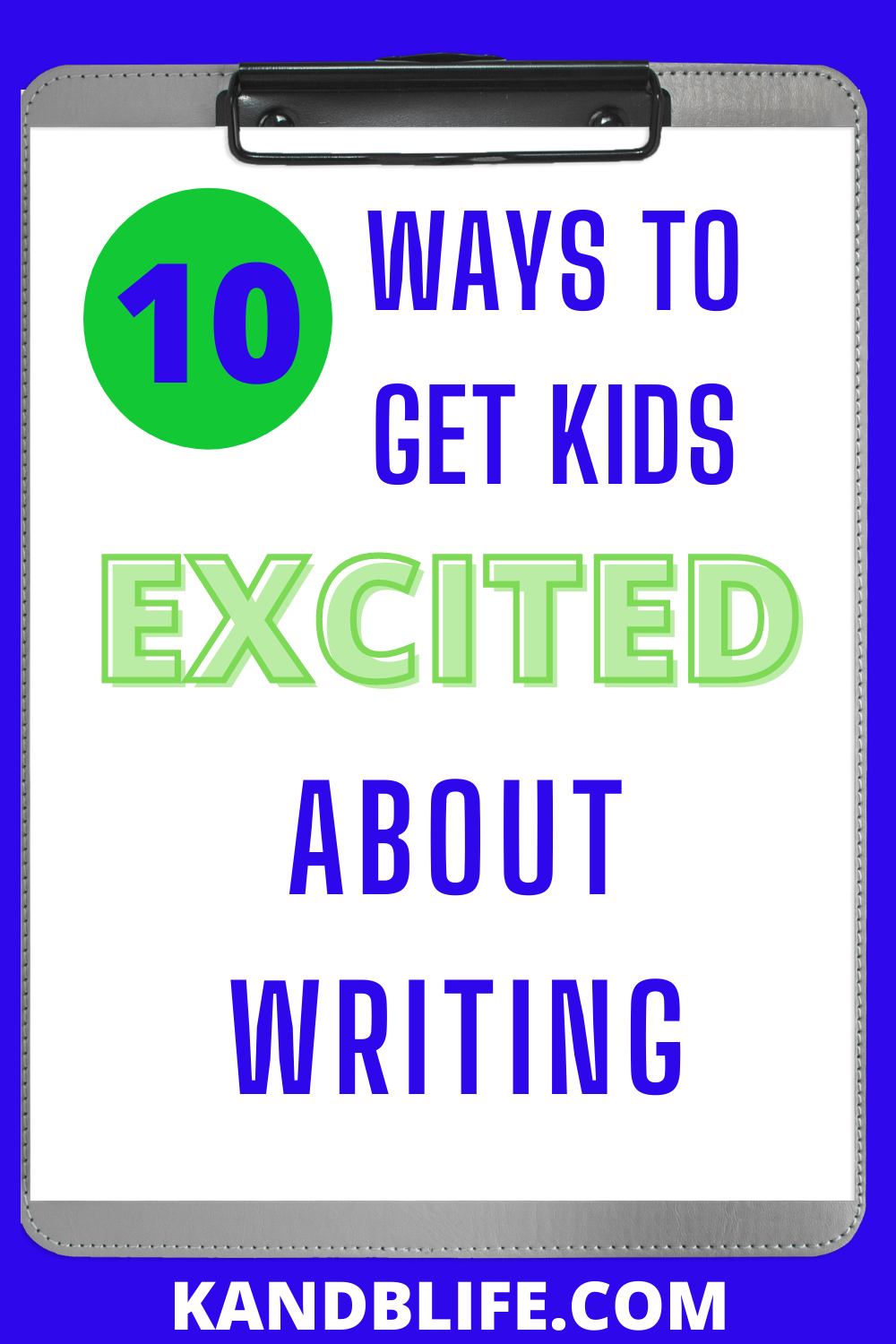
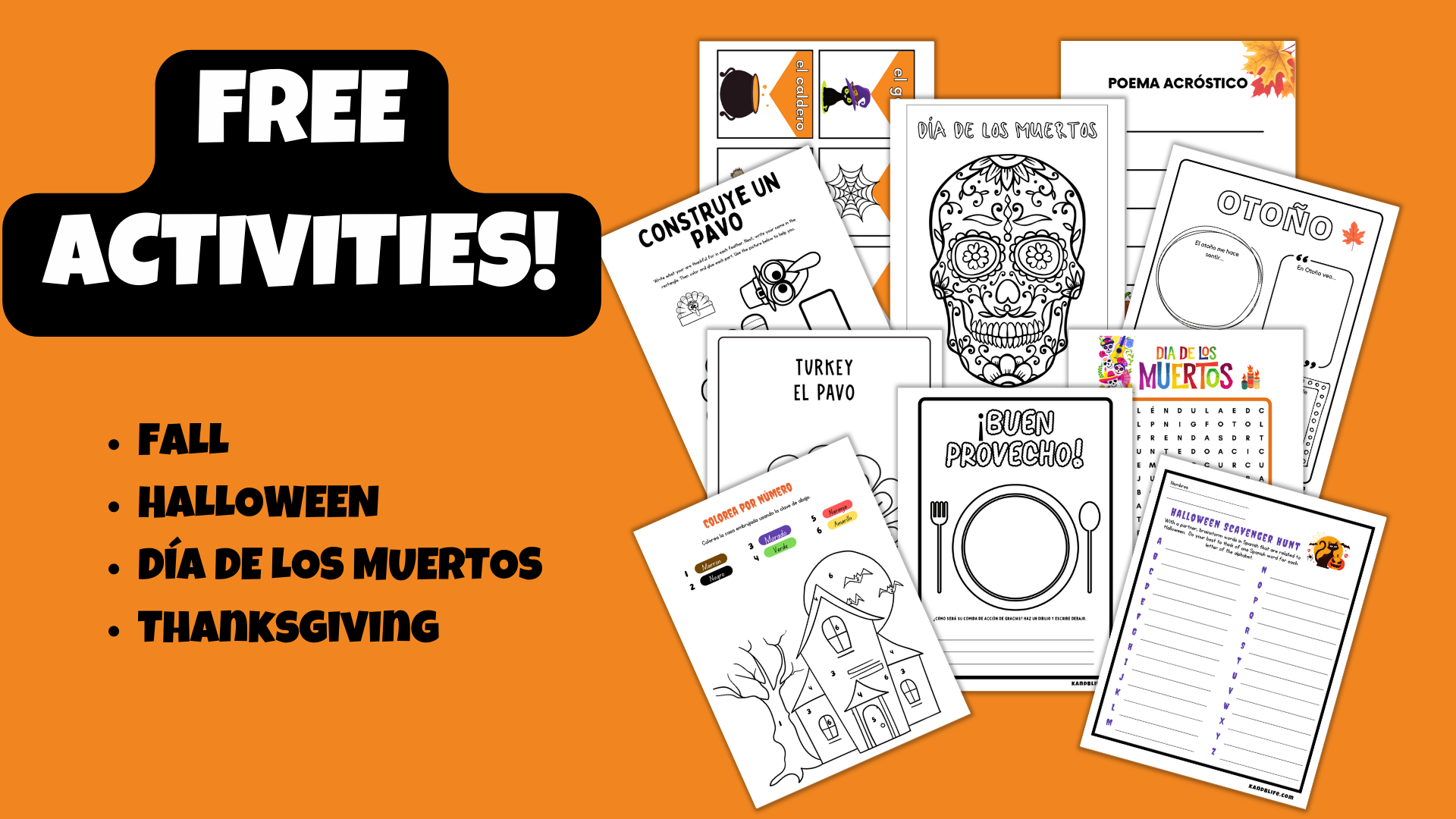
Leave a Reply